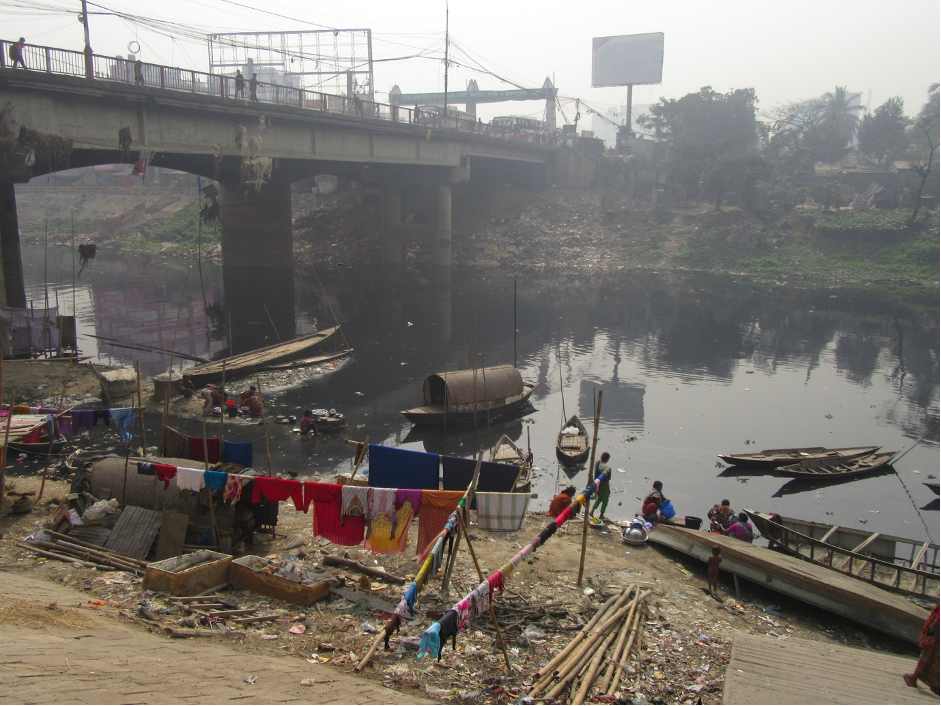Figure 1 Dalia Soda, mécanicienne de pompes, à l’un des forages qu’elle entretient dans le village de Nzeremu, district de Salima, Malawi, juin 2016. (© WaterAid / Alexia Webster)
Autonomisation des femmes par le biais d’activités d’approvisionnement en eau en milieu rural : Un guide pratique par et pour les praticiens du Réseau d’approvisionnement en eau en milieu rural (RWSN) combine les apports et les exemples des ingénieurs avec le langage et l’expertise des spécialistes des thématiques de genre, et vise à faire le pont entre ces deux mondes. Le guide est le résultat d’un processus de co-création avec les membres du RWSN (atelier virtuel, e-discussion, édition d’une première version du document) et d’une consultation avec des spécialistes des thématiques de genre tout au long du processus pour s’assurer que le produit final équilibre à la fois les concepts clés et le jargon des spécialistes, ainsi que les contributions et les besoins des praticiens. Le guide est désormais disponible en anglais, français et espagnol.
Un guide pour qui ?
Ce guide pratique a été conçu par et pour des praticiens travaillant dans le secteur de l’eau en milieu rural – société civile, secteurs public et privé. Il s’adresse aux praticiens de l’eau pour qui l’autonomisation des femmes est un sujet nouveau, ainsi qu’à ceux qui souhaitent comparer leurs activités actuelles avec les recommandations du guide. Le guide vise à fournir aux spécialistes de l’eau un langage et des connaissances sur la meilleure façon de travailler avec des experts en genre pour mettre en place des activités plus transformatrices. L’autonomisation des femmes en tant que composante des interventions AEPHA devrait être à la fois une cause et un résultat de la réussite des programmes AEPHA sensibles au genre. L’autonomisation doit donc être un objectif stratégique en soi avec des activités, des instruments et des outils de suivi ciblés. Elle ne doit pas être traitée comme une activité supplémentaire visant à accroître la durabilité ou l’efficacité des systèmes, faisant ainsi des femmes des instruments du processus.
Un mode d’emploi pratique
Le guide est un mode d’emploi concis et pratique, à appliquer au contexte local. Le guide passe en revue les cinq facteurs d’autonomisation (accès à l’information, participation, engagement et inclusion, dynamique et structures du pouvoir, renforcement des capacités), ainsi que les différentes étapes des activités (identification, conception, suivi et évaluation, reporting). Des checklists pour chaque étape des activités ont été préparées afin de rendre le guide aussi pratique que possible. Le guide est également un mode d’emploi de ce qu’il ne faut pas faire : En tant que praticiens de l’eau en milieu rural, nous sommes souvent confrontés à des “mythes” – des croyances et des idées largement répandues mais fausses sur l’autonomisation des femmes. Le guide présente plusieurs mythes liés à chaque facteur d’autonomisation et les déconstruit. Faites attention à ces “mythes” et aidez votre équipe et vos collègues à en prendre conscience.
Le document est enrichi de nombreux exemples concrets. Par exemple, l’importance d’explorer les structures existantes et les dynamiques de pouvoir est illustrée par un exemple au Népal avec l’utilisation des groupes de mères existants pour la collecte des eaux de pluie, et celui des groupes musicaux traditionnels de femmes et des groupes d’agricultrices au Soudan du Sug.
Avons-nous manqué quelque chose ?
Ce guide est une contribution de RWSN à l’autonomisation des femmes dans le secteur de l’eau. En tant que réseau mondial de professionnels et d’organisations du secteur de l’eau en milieu rural engagés à améliorer leurs connaissances, leurs compétences et leur professionnalisme, le RWSN ne s’arrêtera pas là ; le guide sera accompagné d’un dialogue continu et d’activités pour les membres du réseau, alors restez à l’écoute ! Vous avez des questions sur l’un des aspects soulevés dans le guide ? Prenez contact avec le secrétariat du RWSN ou rejoignez la communauté RWSN Leave No-one Behind (https://dgroups.org/rwsn/leave-no-one_rwsn) et aidez-nous à réviser et améliorer le document.
>>> Cliquez ici pour télécharger le guide <<<
*Note: Le terme autonomisation a été choisi par le traducteur, mais ne reflète pas entièrement le sens du terme anglais original « empowerment », basé sur la racine « power » (pouvoir) – faisant référence au pouvoir d’agir des femmes et designant à la fois un processus et un résultat.
**Note: Pour simplifier la lecture du document, le masculin a été utilisé. Mais ce guide a été élaboré par, et s’adresse à des practiciens et practiciennes, et experts et expertes.







